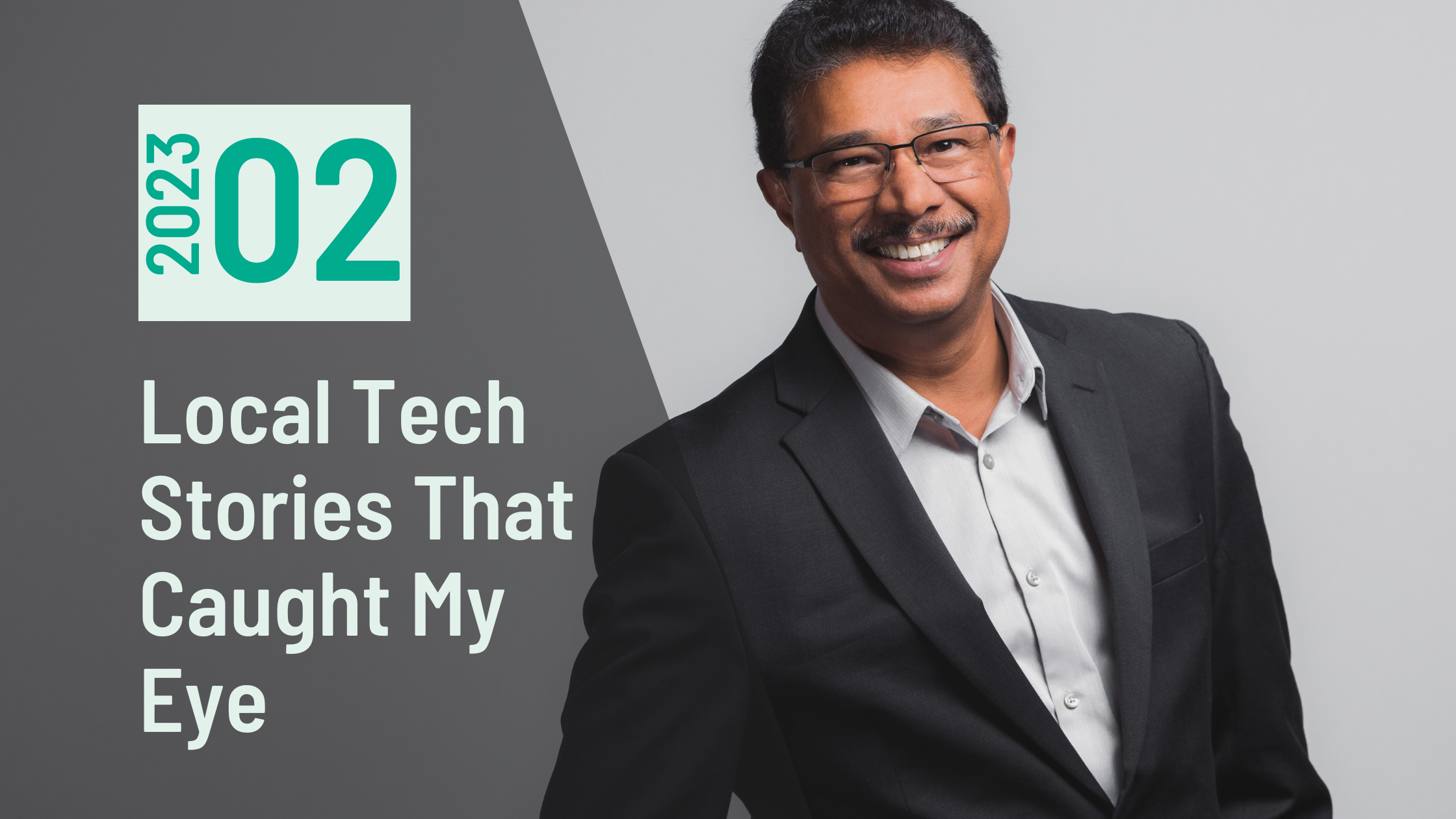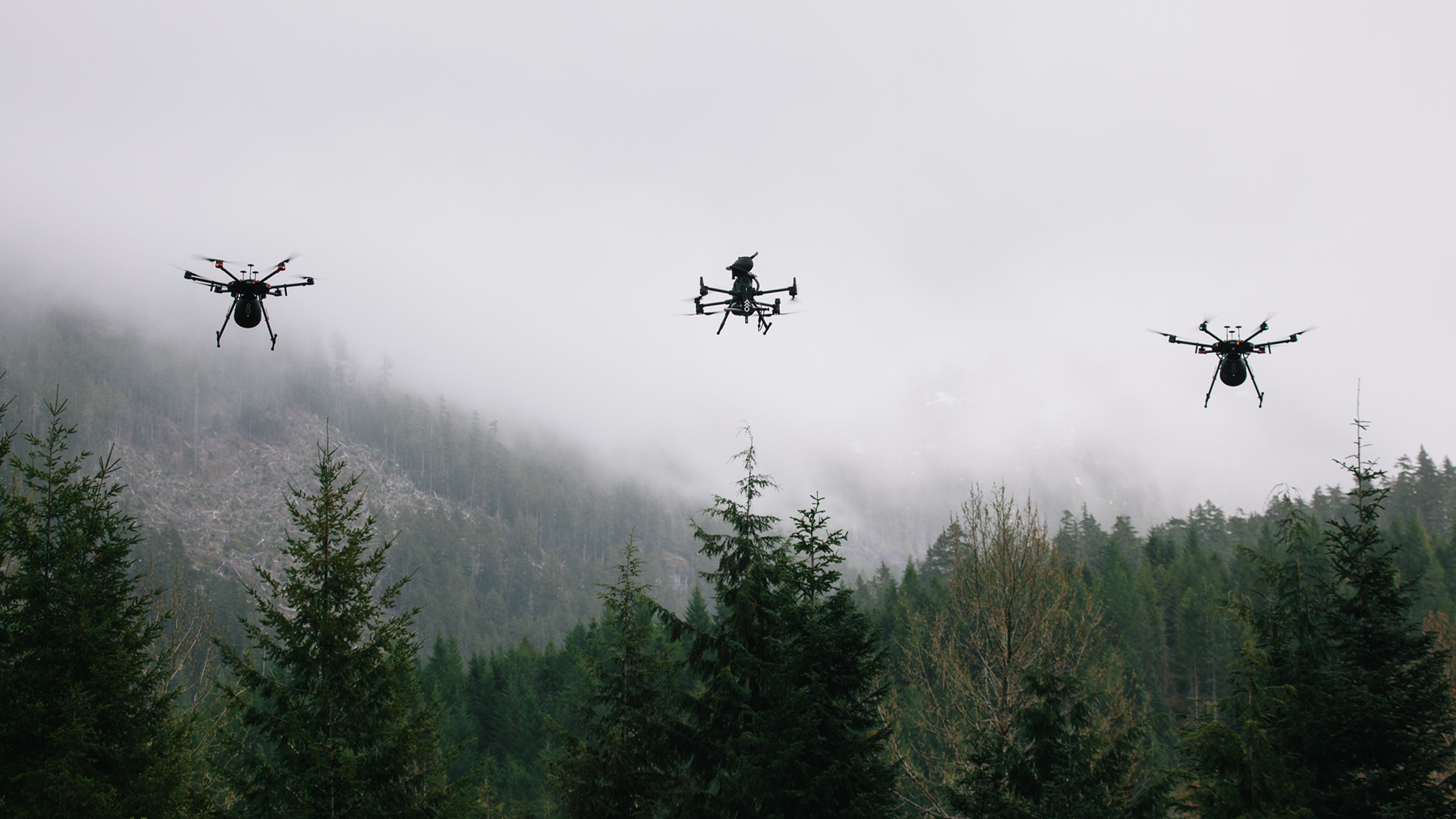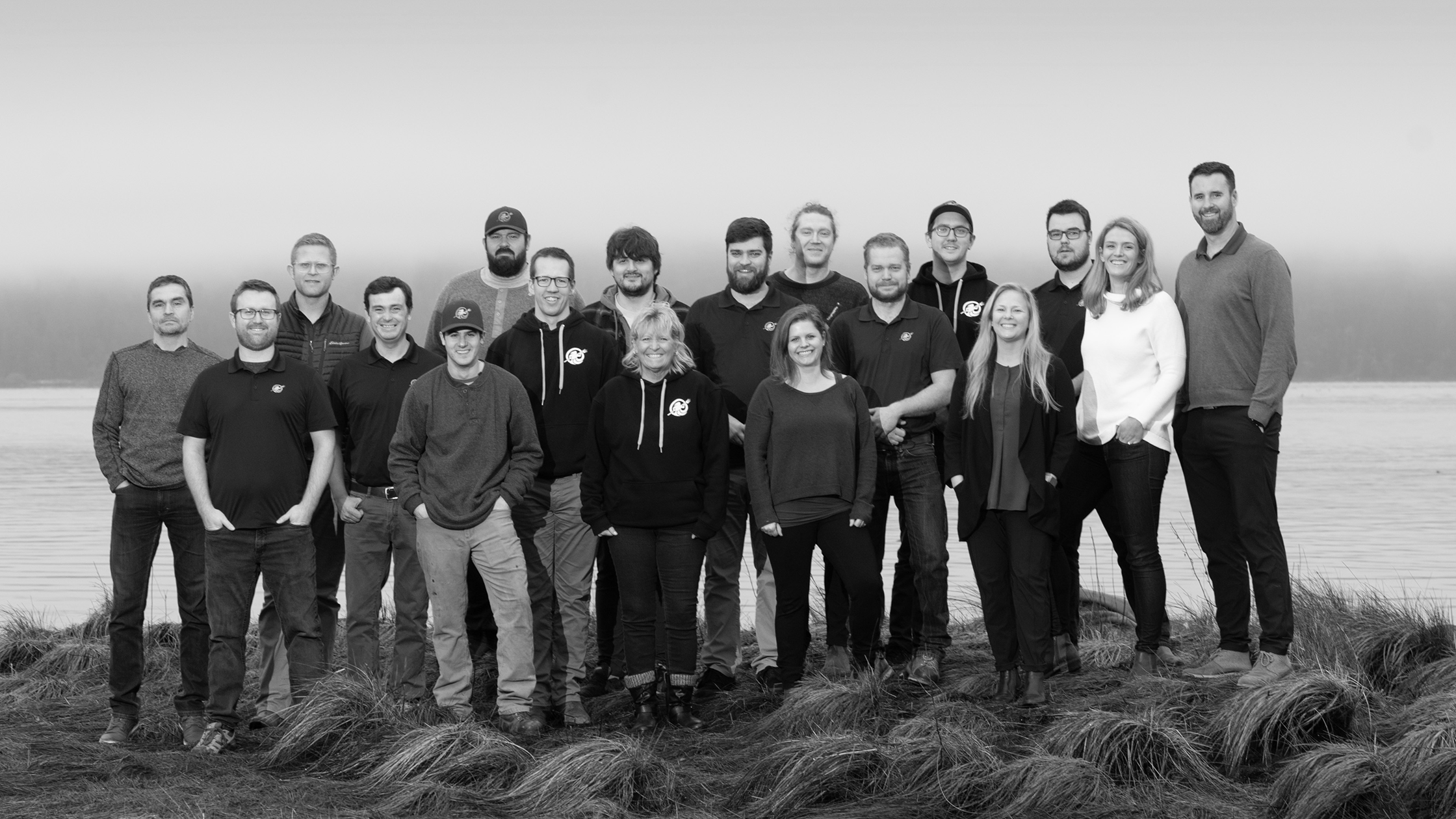ThisFish is Bringing Commercial Fishing Into the Digital Age
The seafood industry has a transparency problem. The lack of transparency across the seafood supply chain makes it difficult to trace seafood back to its source and ensure that it has been produced sustainably and legally. Additionally, the use of outdated technology and quality control methods compounds this problem and presents a significant obstacle to effective traceability efforts.
Enter ThisFish -- a Vancouver-based AI company that’s changing the way seafood products are inspected, tracked, and analyzed. Its new product, TallyVision, uses camera and computer vision technology to capture images of fish fillets as they pass through a conveyor belt. Machine-learning is then used to quickly and accurately measure the fillet, classify its colour, and identify quality defects. This level of reliable, accurate, and real-time traceability can significantly improve sustainability and transparency in the seafood industry, while helping companies reduce food waste and improve efficiencies.
Now established as a global leader in seafood traceability, ThisFish has received a big boost of homegrown support to get to this point. The AI startup finished in the Top 10 in 2020 New Ventures Competition, presented by Innovate BC. Later that year, their Tallybot Project -- in collaboration with Orca Specialty Food, McGill, and York University -- received $500,000 from Canada’s Ocean Supercluster. In 2021, ThisFish was a Top 20 Finalist in Spring Activator’s Impact Investor Challenge and then followed that up by winning $150,000 through Innovate BC’s Aquaculture Innovation Awards.
The company’s homegrown success has caught the attention of the global seafood industry. Last week, ThisFish showcased their TallyVision technology at Seafood Expo North America in Boston. The company is also looking to expand and establish partnerships in the aquaculture sector to better understand how various factors such as fish density, genetics, and harvesting practices correlate to seafood quality issues.
We sat down with ThisFish’s Co-Founder and CEO, Eric Enno Tamm, to discuss TallyVision, bootstrapping, and the company’s mission to improve the seafood industry.
Tell us about ThisFish. What do you do and why do you do it?
Eric: ThisFish’s mission is to improve the profitability and sustainability of the seafood industry through better data: Digital. Real-Time. Actionable.
We are a global leader in seafood traceability and production software and artificial intelligence that reduces costs, strengthens process control and improves compliance in global supply chains.
Our goal is to improve the social, environmental and financial sustainability of global seafood. Our vision is to be the world leader in artificial intelligence for seafood processors and supply chains by building large-scale, comprehensive and complete datasets with our customers that can be used to develop machine-learning algorithms for predictive and prescriptive analytics. We have a unique genesis because we spun-out of an environmental NGO called Ecotrust Canada. Our mission and purpose has been hardcoded into the DNA of the company from the very beginning.
How does your technology improve sustainability in the seafood industry?
Eric: Seafood supply chains are considered some of the most “notoriously opaque” in the world with high levels of fish coming from illegal, unreported or unregulated fisheries or supply chains with human rights and labour abuses. There are also high levels of fraud in the market with seafood being mislabelled. As a result, many human rights and environmental groups have identified traceability as a critical tool for preventing illegal fishing, seafood fraud and human rights abuses.
Some 60 of the world’s largest tuna companies and 19 NGOs signed the Tuna 2020 Traceability Declaration, which states: “We believe that improving traceability and transparency will significantly improve existing sustainability initiatives and shows the greatest promise for scalability into mainstream commercial activities.”
Our focus is to help enable real-time, electronic traceability in the seafood supply chains while helping companies improve their efficiency and reduce food waste.
ThisFish won $150,000 in Innovate BC’s Aquaculture Innovation Awards in 2021. What have you been up to since then?
Eric: We used the Aquaculture Innovation Award funds to build TallyVision, which provides automated and continuous fish quality inspection using the latest camera and computer vision technology. A water-proof camera captures images of fish fillets passing on a conveyor belt and then a machine-learning algorithm counts and measures the fillets, classifies their colour, and identifies five different types of quality defects.
Quality control typically involves selecting random fish samples and visually inspecting them for defects. It’s a slow, manual process prone to human error and bias. TallyVision now automates inspection and provides production managers with data that’s unparalleled in its detail, precision and accuracy.
I think TallyVision could prove especially valuable to the aquaculture sector, since fish quality data from processing plants can be linked to farming data to better understand how factors such as feeding, fish density, genetics, water quality, animal health and harvesting practices are related to quality issues. ThisFish is now seeking research partners in the aquaculture sector.
What are some of the challenges you’ve faced while growing your company and how did you overcome them?
Eric: The seafood industry is incredibly diverse and fragmented. The U.S. Food and Drug Administration regulates more than 1,800 seafood species. There is more complexity in seafood supply chains than all the other protein sectors combined including poultry, beef, pork and lamb. We’ve had to build our software so that it can scale across this fragmented market, from a live lobster exporter in New Zealand and industrial tuna cannery in Ecuador to an Indigenous roe-on-kelp herring fishery on B.C.’s Central Coast. With each implementation, we’ve experienced new workflows and built new functionality. It’s been a slow, iterative process that we’ve overcome with persistence.
We’re also in a narrow, vertical niche market that is unique. I like to say that commercial fishing is the last vestige of our hunter-gatherer society. We’re trying to bring this ancient industry into the digital age. It’s been difficult to find investors willing to invest in such a specialized industry which they don’t necessarily understand. We’ve overcome this challenge by bootstrapping our growth with our own revenue and grants such as the Aquaculture Innovation Award.
What’s next for ThisFish? Are there any updates on the horizon?
Eric: I think the best way to accelerate digital adoption in the global seafood industry is to extract more value from digital data and that involves artificial intelligence. We’re focused on building yield prediction models with processing plants and mortality prediction models for the live lobster industry to help them reduce waste and better manage their raw material costs.
In the next month, we’ll also be launching a new wireless cold chain temperature sensor built on LoRaWAN (long-range, wide-area network) connectivity using Senet and Helium LoRaWAN networks. We see a lot of potential to run low-cost IoT sensors on this new type of network.
Become an Innovate BC Insider and be the first to know when applications open for our programs.
More About Us
You May Also Like
These Related Stories

February 2023: Local Tech Stories That Caught My Eye

Flash Forest is evening the odds in the fight against climate change


